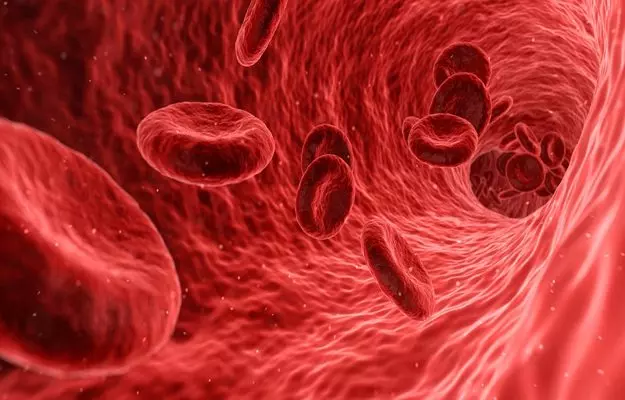Free Courses Sale ends Soon, Get It Now


Free Courses Sale ends Soon, Get It Now



Disclaimer: Copyright infringement not intended.
Context
In a study published in Nature, scientists have reported that cells that make cartilage also make haemoglobin.
Details
Key insights from the study
Haemoglobin
Conclusion
This groundbreaking study not only challenges our understanding of the role of haemoglobin but also emphasizes the interconnectedness between different biological processes and disciplines, highlighting the need for further research into the implications of haemoglobin presence in non-traditional cell types.
|
PRACTICE QUESTION Q. Discuss the multifaceted roles of haemoglobin in the human body, highlighting its functions beyond oxygen transport. (250 Words) |
© 2024 iasgyan. All right reserved